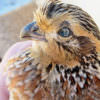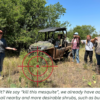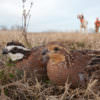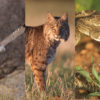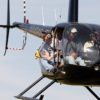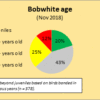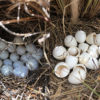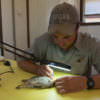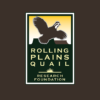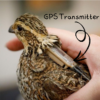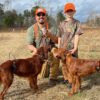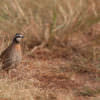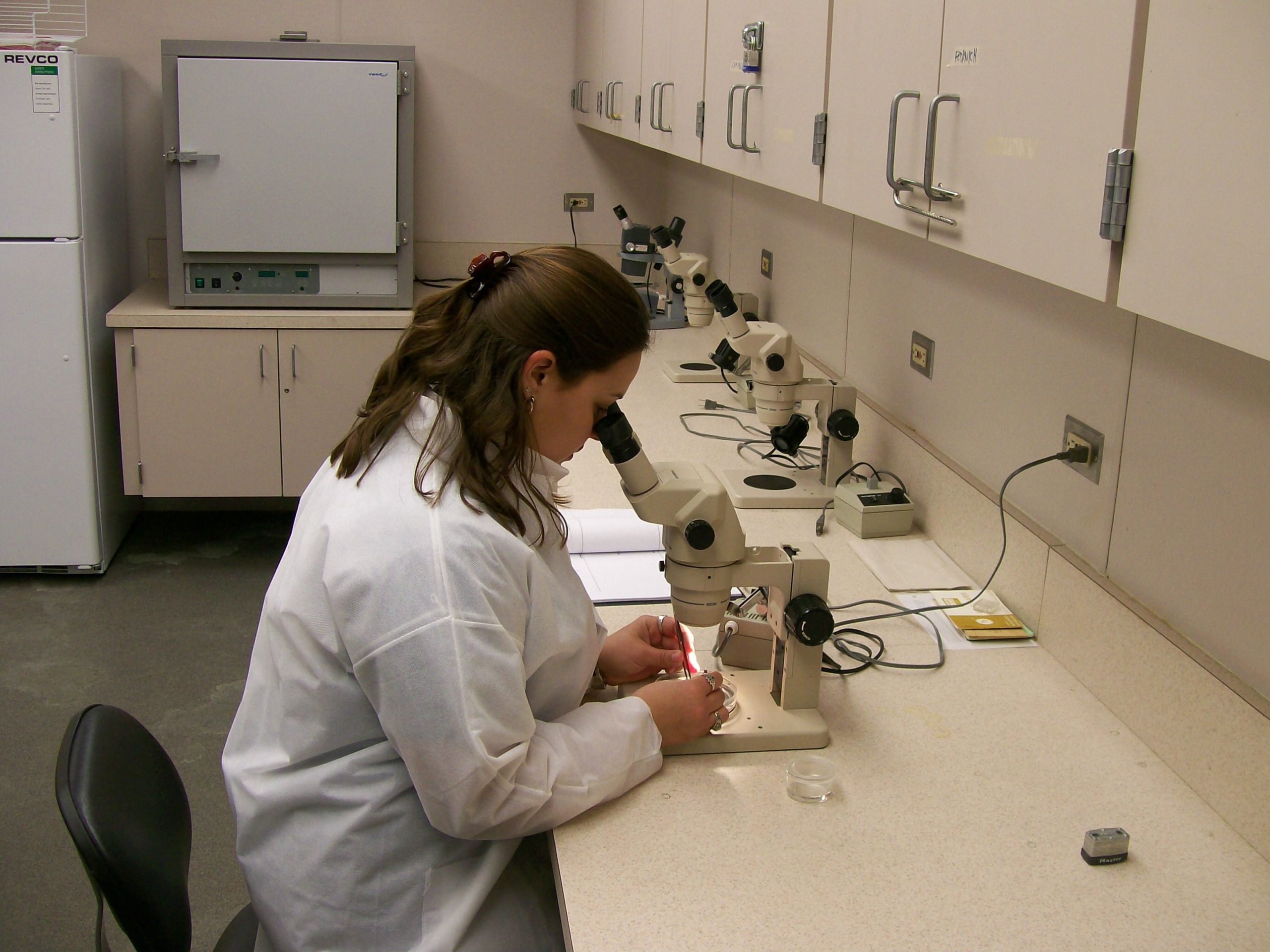
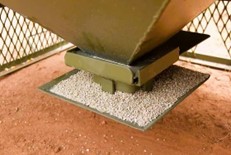 Quail populations in Texas face numerous challenges—among them parasitic infections like eyeworms (Oxyspirura petrowi) and cecal worms (Aulonocephalus pennula). These parasites not only weaken individual birds but may also impact the overall health and reproductive success of quail populations. One promising approach to mitigate these challenges is the use of medicated feed, which offers several potential benefits.
Quail populations in Texas face numerous challenges—among them parasitic infections like eyeworms (Oxyspirura petrowi) and cecal worms (Aulonocephalus pennula). These parasites not only weaken individual birds but may also impact the overall health and reproductive success of quail populations. One promising approach to mitigate these challenges is the use of medicated feed, which offers several potential benefits.
Eyeworms and cecal worms are prevalent among bobwhite and scaled quail populations in west Texas, leading to reduced fitness and productivity. Medicated feed containing anthelmintic drugs such as fenbendazole can effectively target these parasites. Administered through feed, these medications are readily consumed by quail, ensuring consistent and controlled dosing.
Parasitic infections can weaken quail, making them more susceptible to predation, diseases, and environmental stressors. By reducing parasite loads, medicated feed helps maintain quail health and resilience. Healthy quail are more likely to successfully reproduce and raise offspring, thereby bolstering population numbers over time. This improvement in health and productivity is crucial for sustaining quail populations amidst ongoing environmental pressures in Texas, such as changing landscapes and climate variability.
Stabilizing quail populations in Texas requires a multifaceted approach that includes habitat management, predator control, and disease prevention. Medicated feed complements these efforts by directly addressing one of the significant health challenges faced by quail. By enhancing the survival and reproductive success of individual birds, medicated feed contributes to the broader goal of maintaining healthy quail populations across their range in Texas.
Continued research into the efficacy of medicated feed formulations tailored for quail is essential. Understanding factors such as dosage, timing of administration, and potential resistance development by parasites will refine treatment protocols and maximize effectiveness. Additionally, ongoing monitoring of quail populations and parasite prevalence allows for adaptive management strategies that respond to changing environmental conditions and emerging health threats.
In conclusion, the potential benefits of medicated feed for controlling eyeworms and cecal worms in quail are substantial. By improving parasite control, enhancing quail health and productivity, and supporting broader conservation goals, medicated feed represents a promising tool for stabilizing quail populations in Texas. Embracing this approach requires collaboration between wildlife managers, researchers, and stakeholders to ensure its effective implementation and long-term sustainability. As efforts continue to evolve, medicated feed stands as a testament to innovation in wildlife conservation and the preservation of Texas’ diverse quail populations for future generations. – Dr. Ryan O’Shaughnessy

